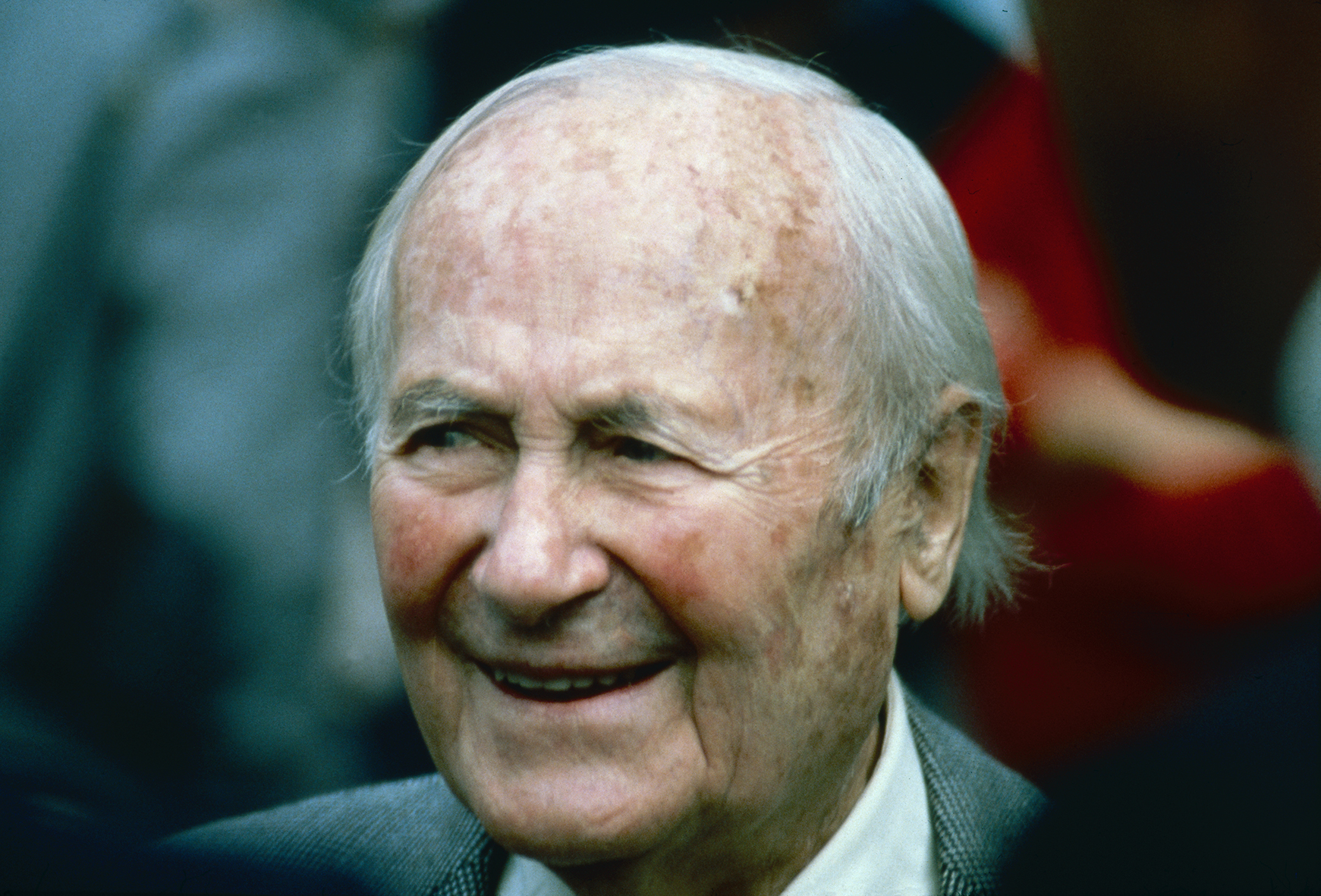
As part of the current "Miró, 1983" exhibition, Fundació Pilar i Joan Miró a Mallorca is organizing a symposium led by the curator of the exhibition, Enrique Juncosa. Speakers such as Maria-Josep Balsach, Élisa Sclaunick or Emmanuel Guigon will offer a series of lectures that will allow us to delve even deeper into the work and life of the Catalan artist. A unique opportunity for art lovers and, especially, Joan Miró lovers.

Lectures schedule and programme:
Viernes 17 de mayoFriday 17th May
- 6 p.m. Guided tour of the Miró, 1983 exhibition by curator Enrique Juncosa
- 7 p.m. Presentation by Maria-Josep Balsach
- 8 p.m. Cocktail in the Foundation’s gardens
Saturday 18th May
- 10.30 a.m. Presentation by Élisa Sclaunick
- 11.30 a.m. Coffee break
- 12 pm Presentation by Emmanuel Guigon
- 1 p.m. Round table
- 2 pm Closing of the symposium
In collaboration with:

17.05.2024 - 7 p.m. / Maria-Josep Balsach
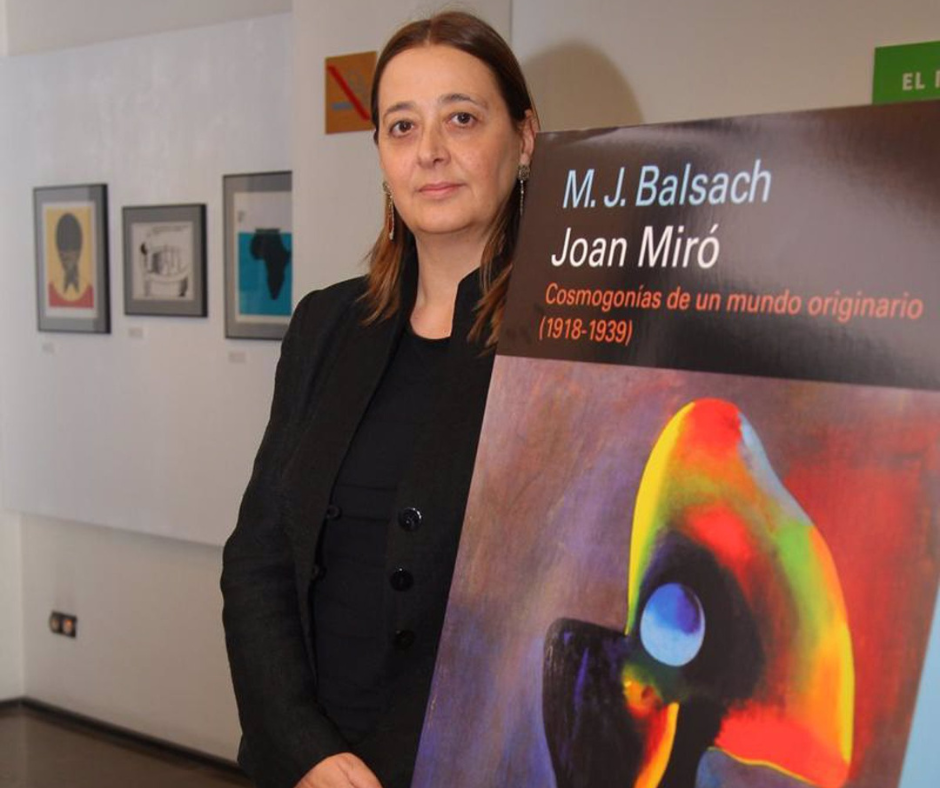
Short biography of Maria-Josep Balsach
She is a professor of Contemporary Art History and director of the Chair of Contemporary Art and Culture at the University of Girona and the research group Theories of Contemporary Art -UdG. Espais International Prize for Art Criticism for the essay L’Art immaterial by Arnold Schönberg and Ciutat de Barcelona Essay Prize for the book Joan Miró. Cosmogonías de un mundo originario (1918-1939) (Barcelona: Galaxia Gutenberg). She is the author of numerous publications on 19th and 20th century art from an interdisciplinary perspective, with special dedication to the symbolic meaning of Joan Miró’s work. He has been part of the Joan Miró Chair (FJM-UOC-New York University). Director of the ELAA-European Live Art Archive project together with the University of Oxford and the GlogauerArt Center in Berlin. She was George Steiner’s godmother for the Honorary Doctorate of the UdG.
Contact
Collections
Fundació Miró Mallorca
Carrer de Saridakis, 29
07015 Palma
Tel. +34 971 70 14 20
exposicions@miromallorca.com
Title of the paper:
Hortus conclusus. Arcane images and visions of medieval art in the work of Joan Miró.
Synopsis:
Romanesque painting and Catalan Gothic art were – for Joan Miró – a source of constant inspiration to express new formal images and iconographic visions that point us to a new pictorial meaning and the dimension of a spiritual cosmos. From his Detailist Era to his last pictorial stage of the 1980s in the 20th century, Miró’s work will show us pictorial realizations and symbols – such as the heteroptic eye, the stars, the ladder of escape, the four elements – that refer us to the fields of the beatus of the Apocalypse and medieval bestiaries in arcane, double and fugitive images that are contained in his most radical works.
18.05.2024 - 10.30 a.m. / Élisa Sclaunick
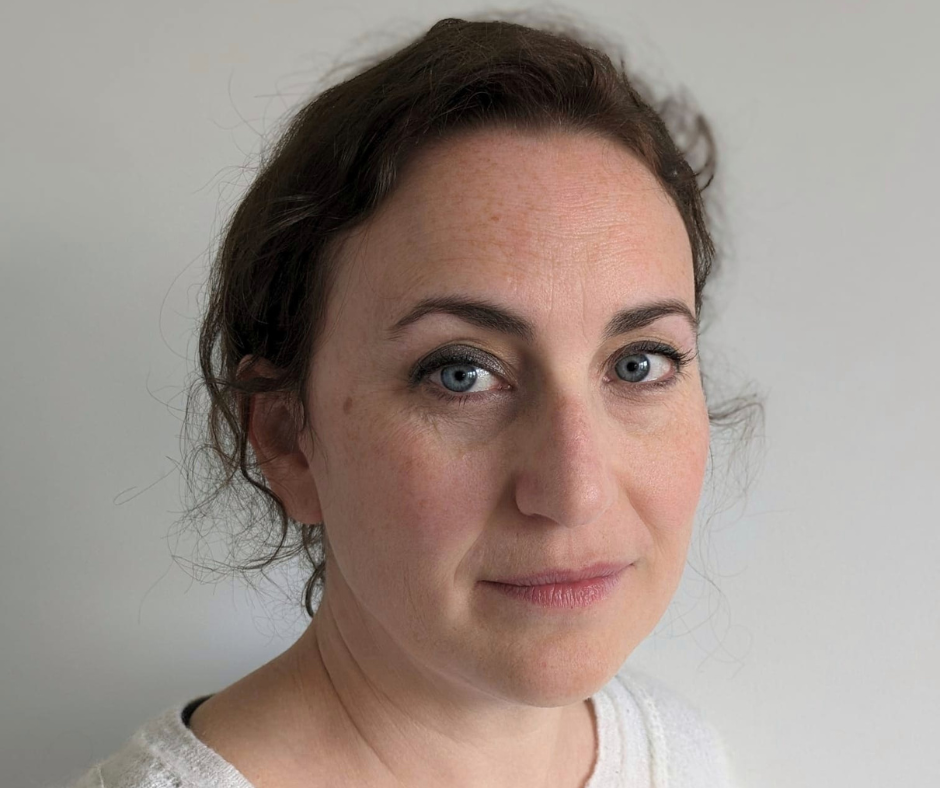
Short biography of Élisa Sclaunick
Élisa Sclaunick holds a doctorate from Sorbonne Paris Cité University. He works on the poetic and visual work of Joan Miró, mainly in his relationship with French literature, as well as in the art market. Among other things, he has given a lecture at the Grand Palais in Paris on Joan Miró and poetry, and has published the master’s correspondence with his dealer Pierre Matisse.
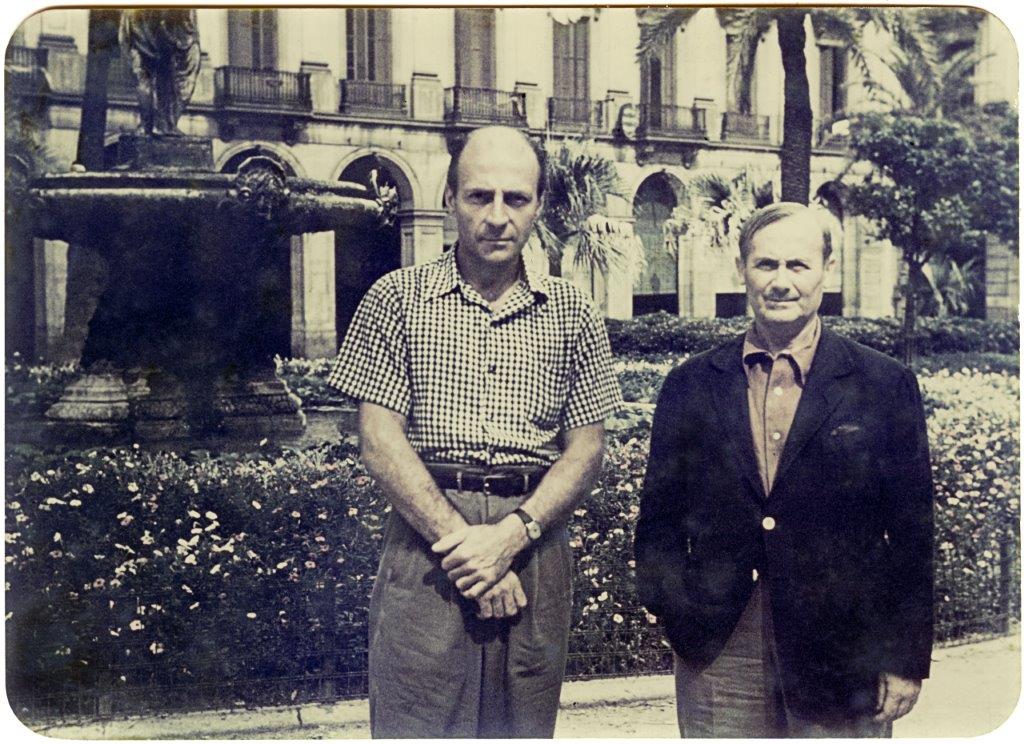
Title of the paper:
Open fire / Open fire. To impose Miró’s work on the American scene. The artist’s collaboration with his New York dealer Pierre Matisse
Synopsis:
Two days after Joan Miró’s death, on December 25, 1983, the 90th anniversary exhibition opened at the MoMA. This event marked the extent of the Catalan artist’s consecration to the American scene, already celebrated the previous year by the Miró in America exhibition at the Museum of Fine Arts in Houston.
Miró experienced this consecration during his own life. Indeed, by the time he first visited the United States in 1947, his works had already found their way into major public and private collections. He discovered, not without surprise, that he was “a hero of the American avant-garde”; the interest was mutual, as he himself did not hide his enthusiasm for the search for young American artists. The importance and influence of Joan Miró on the other side of the Atlantic, despite the fact that he remained in Europe during the Second World War (unlike many exiled artists), shows the scope of the work that Pierre Matisse carried out to create and sustain a market, at a time when the relationship of the New York art scene with the École de Paris was changing radically and rapidly.
One may wonder how Pierre Matisse, in such a politically, economically and culturally unfavorable context, managed to establish Joan Miró’s reputation. The correspondence between the two men allows us to follow them in the present, for almost half a century. It provides some answers, reveals the nature of his company, his strategies and aggressions, as well as his conception of art, the artist and the dealer.
18.05.2024 - 12 a.m. / Emmanuel Guigon

Short biography of Emmanuel Guigon
Emmanuel Guigon, born in 1959, has French and Swiss nationalities. He holds a doctorate in the history of contemporary art from the Sorbonne University (France), specialist in historical avant-gardes, post-war European art, surrealism and modern and contemporary Spanish art.
Since October 2016 he has been director of the Picasso Museum in Barcelona. Until 2016 he was director of the Musée des Beaux-Arts and d’Archeologie and the Musée du Temps de Besançon, which he held from 2007 to 2016. From 2001 to 2006 he was chief curator and director of the Museum of Modern and Contemporary Art in Strasbourg (France) and from 1995 until then he was chief curator of the Valencian Institute of Modern Art (IVAM) Julio González Center in Valencia. He developed several tasks as an independent curator between 1990 and 1995. Between 1987 and 1990 he was a member of the scientific section of the École Pratique des Hautes Études Hispaniques Casa de Velázquez in Madrid and previously taught the history of contemporary art at the University of Franche-Comté between 1985 and 1987.
Contact
Communication and Marketing
Fundació Miró Mallorca
Carrer de Saridakis, 29
07015 Palma
Tel. +34 971 70 14 20
comunicacio@miromallorca.com
Title of the paper:
Snowball. Miró – Picasso and surrealism
Synopsis:
The surrealists were determined to appropriate the figure and painting of Pablo Picasso together with Joan Miró. Witness to this are, in addition to the reproductions of works by the two artists, the texts published in surrealist magazines by André Breton, Paul Éluard, Michel Leiris, Robert Desnos, Jacques Prévert, Jacques Baron, Benjamin Péret, Salvador Dalí and Man Ray. Miró and Picasso also illustrated the bibliophile books of the same poets.
In this conference we will highligh the search of the two artists in the definition of a crisis of the object that the surrealists wanted to explore. They are stones, signs, words that can guide us or disorient us.
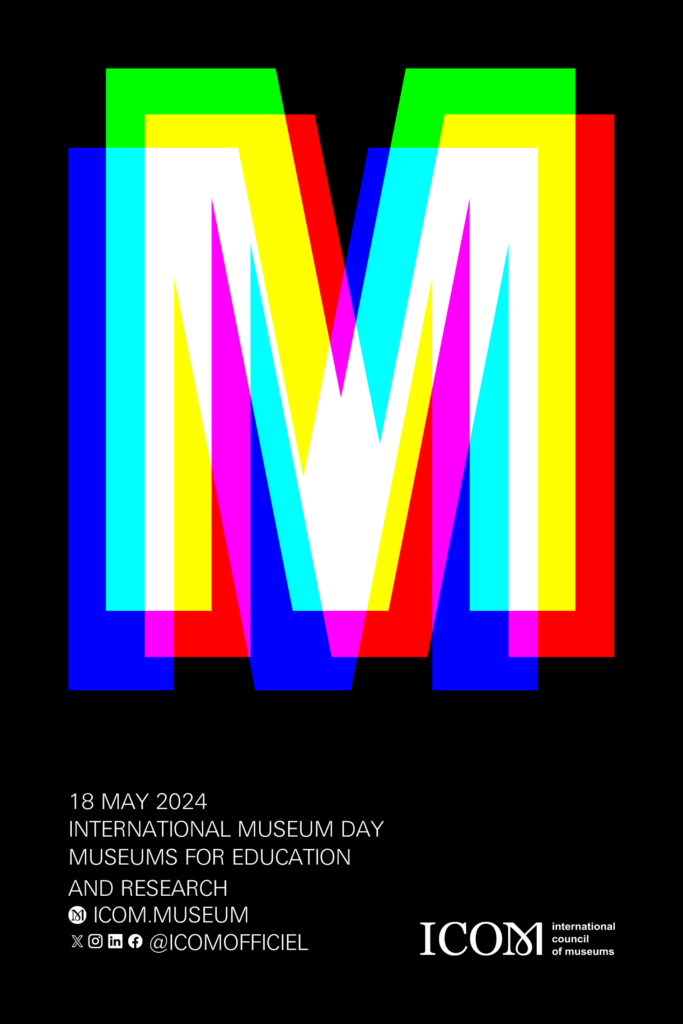
International Museum Day 2024 “Museums for Education and Research”
The objective of International Museum Day (IMD) organised by ICOM is to raise awareness about the fact that, “Museums are an important means of cultural exchange, enrichment of cultures and development of mutual understanding, cooperation and peace among peoples.” This year’s theme, “Museums for Education and Research,” underscores the pivotal role of cultural institutions in providing a holistic educational experience. This day pushes for a more conscious, sustainable and inclusive world. From art and history to science and technology, museums are vital spaces where education and research converge to shape our understanding of the world.
Each year since 2020, the International Museum Day supports a set of Goals from the Sustainable Development goals of the United Nations. In 2024, we will focus on:
- Goal 4: Quality Education – Ensure inclusive and equitable quality education and promote lifelong learning opportunities for all
- Goal 9: Industry, Innovation, and Infrastructure – Build resilient infrastructure, promote inclusive and sustainable industrialization and foster innovation.



